CERN
|

|
Originally Posted 1/30/16; Updated 12/15/18
Experiments (information taken from the CERN website; videos and photos found online)
A range of experiments at CERN investigate physics from cosmic rays to supersymmetry
LHC experiments
Seven experiments at the Large Hadron Collider (LHC) use detectors to analyse the myriad of particles produced by collisions in the accelerator. These experiments are run by collaborations of scientists from institutes all over the world. Each experiment is distinct, and characterized by its detectors.
The biggest of these experiments, ATLAS and CMS, use general-purpose detectors to investigate the largest range of physics possible. Having two independently designed detectors is vital for cross-confirmation of any new discoveries made. ALICE and LHCb have detectors specialized for focussing on specific phenomena. These four detectors sit underground in huge caverns on the LHC ring.
The smallest experiments on the LHC are TOTEM and LHCf, which focus on “forward particles” – protons or heavy ions that brush past each other rather than meeting head on when the beams collide. TOTEM uses detectors positioned on either side of the CMS interaction point, while LHCf is made up of two detectors which sit along the LHC beamline, at 140 metres either side of the ATLAS collision point. MoEDAL uses detectors deployed near LHCb to search for a hypothetical particle called the magnetic monopole.
Non-LHC experiments
While the main focus of research at CERN has moved in recent years towards the LHC, experiments at other accelerators and facilities both on-site and off remain an important part of the laboratory’s activities.
In “fixed-target” experiments, a beam of accelerated particles is directed at a solid, liquid or gas target, which itself can be part of the detection system. COMPASS, which looks at the structure of hadrons – particles made of quarks – uses beams from the Super Proton Synchrotron (SPS). NA61/SHINE studies the properties of hadrons in collisions of beam particles with fixed targets. NA62 uses protons from the SPS to study rare decays of kaons.DIRAC is investigating the strong force between quarks at the Proton Synchrotron(PS). TheCLOUD experiment is investigating a possible link between cosmic rays and cloud formation. ACE,AEGIS, ALPHA, ASACUSA, and ATRAP all use antiprotons from the Antiproton Decelerator, while the CAST experiment is looking for hypothetical particles coming not from collisions at the accelerators but from the Sun.
Experimental facilities at CERN include the Radioactive Ion Beam facility (ISOLDE) and theneutron time-of-flight facility (nTOF).
This diverse research programme ensures that CERN covers a wide range of topics in physics, from kaons to cosmic rays, and from the Standard Model to supersymmety. Find out more about individual experiments in the list below.
Update 8/3/19
Update 7/19/19
Published on Jul 17, 2019
Voir en français
Experiments and Facilities
ACE  brings together an international team of physicists, biologists and medics to study the biological effects of antiprotons
brings together an international team of physicists, biologists and medics to study the biological effects of antiprotons
The ACE ACE experiment
(Antiproton Cell Experiment, AD-4) on the biological effects of antiprotons and their possible use for radiotherapy treatment of cancerous tumors.
| CERN-EX-0610023-01 | CERN-EX-0610023-02 | CERN-EX-0610023-03 | CERN-EX-0610023-04 |
| 0610023-05 | CERN-EX-0610023-06 | CERN-EX-0610023-07 | CERN-EX-0610023-08 |
The Antiproton Cell Experiment (ACE) as shown by Michael Holzscheiter (spokesperson), Niels Bassler (co-spokesperson) and Helge Knudsen. ACE is located on the Antiproton Decelerator (AD) at CERN. An antiproton annihilates a proton in the nucleus of a cancer cell, producing a pair of gamma rays, destroying the entire cell and some surrounding cells. Many fewer antiprotons are required in this treatment than in the equivalent proton hadron therapy, so there is less risk of healthy tissue damage.
Michael Holzscheiter (Spokesperson), Niels Bassler (Deputy Spokesperson) and Helge Knudsen of ACE (AD-4)
Antimatter experiments present progress

At CERN today, representatives of the experiments that use beams from the Antiproton Decelerator presented their progress in 2012, and their plans for the New Year.
Michael Doser started proceedings with an update from the AEgIS experiment, which aims to measure the gravitational interaction between matter and antimatter. Doser described how in 2012 the AEgIS team tested their experimental setup using antiprotons and used other measurements to design an optimal layout for their experiment. “Beam times were extremely valuable in understanding this new apparatus,” says Doser. “In 2013 we hope to continue testing and commissioning with electrons and positrons, to commission a laser system for spectroscopy, and to install a positronium test station.” AEgIS aims to be ready to form an antihydrogen beam by summer 2014.
Michael Holzscheiter of the University of New Mexico presented the status of the Antiproton Cell Experiment (ACE), which compares the effectiveness of protons and antiprotons in the treatment of cancer.
David Lunney of the Université de Paris Sud in Orsay, France, spoke on behalf of the GBAR project, which was approved by CERN in May 2012. GBAR aims to determine how antimatter reacts to gravity. Lunney showed how GBAR would use ELENA, a planned extension of the Antiproton Decelerator, to focus and decelerate antiprotons for study.
Ryugo S. Hayano of the University of Tokyo presented changes and improvements to the detectors, lasers and beam that make up ASACUSA. The experiment captured about 30 million positrons in its CUSP trap in 2012 – a factor of 20 more than previous attempts. ASACUSA will install an antihydrogen detector during the planned long shutdown, and focus on spectroscopy thereafter.
ATRAP spokesperson Gerald Gabrielse of Harvard University in the US had mixed news from ATRAP in 2012. The experiment measured the antiproton magnetic moment to 4.4 parts per million – decreasing the uncertainty in the measurement by a factor of 680 compared to previous attempts. But technical glitches delayed a parallel programme of antihydrogen studies. ATRAP will use the long shutdown to produce and test replacement apparatus, ready for antiproton beams in 2014.
Finally, ALPHA spokesperson Jeffrey Hangst of Aarhus University, Denmark, described how ALPHA traps antihydrogen, and how the team uses microwaves to determine its properties. A completely new experiment, ALPHA-2, was installed in 2012 with the aim of adding laser access for the spectroscopy of antihydrogen.
All speakers thanked their collaborations and the Antiproton Decelerator team for the excellent work providing beams last year.

AEGIS uses a beam of antiprotons from the Antiproton Decelerator to measure the value of Earth’s gravitational acceleration
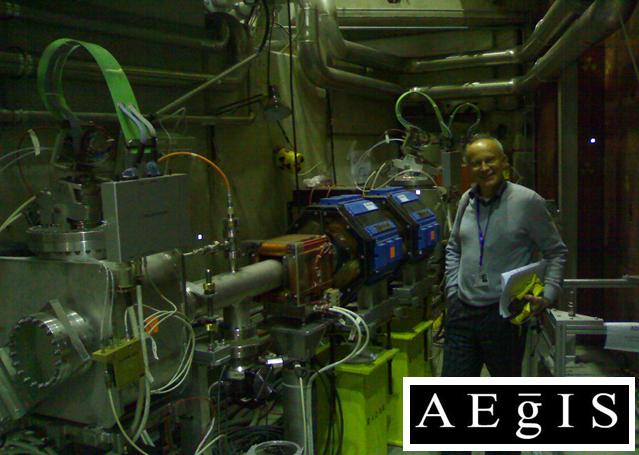 |
 |
The primary scientific goal of the Antihydrogen Experiment: Gravity, Interferometry, Spectroscopy (AEGIS) is the direct measurement of the Earth’s gravitational acceleration, g, on antihydrogen.
AEGIS is a collaboration of physicists from all over Europe. In the first phase of the experiment, the AEGIS team is using antiprotons from the Antiproton Deceleratorto make a beam of antihydrogen atoms. They then pass the antihydrogen beam through an instrument called a Moire deflectometer coupled to a position-sensitive detector to measure the strength of the gravitational interaction between matter and antimatter to a precision of 1%.
A system of gratings in the deflectometer splits the antihydrogen beam into parallel rays, forming a periodic pattern. From this pattern, the physicists can measure how much the antihydrogen beam drops during its horizontal flight. Combining this shift with the time each atom takes to fly and fall, the AEGIS team can then determine the strength of the gravitational force between the Earth and the antihydrogen atoms.
The AEGIS experiment will represent the first direct measurement of a gravitational effect on an antimatter system

ARIES project kicks off at CERN
The Horizon 2020 project “Accelerator Research and Innovation for European Science and Society” (ARIES) officially began on 1 May 2017; ; By Jennifer Toes
 ALICE
ALICE
detects quark-gluon plasma, a state of matter thought to have https://youtu.be/6me01Wz4F34formed just after the big bang.
The ALICE collaboration uses the 10,000-tonne ALICE detector – 26 m long, 16 m high, and 16 m wide – to study quark-gluon plasma. The detector sits in a vast cavern 56 m below ground close to the village of St Genis-Pouilly in France, receiving beams from the LHC.
spacer
Happy 25th birthday, ALICE!
A well-attended jubilee event, held at CERN on 21 March, celebrated 25 years of the ALICE collaboration
By Virginia Greco


ALPHA makes, captures and studies atoms of antihydrogen and compares them with hydrogen atoms
November 2, 2018 by Ana Lopes, CERN
Read more at: https://phys.org/news/2018-11-antimatter-gravity-cern.html#jCp
AMS The Alpha Magnetic Spectrometer looks for dark matter, antimatter and missing matter from a module on the International Space Station
spacer
spacer
spacer 
Latest results from the AMS experiment
Samuel Ting delivered the latest unexpected results from the AMS experiment last week at CERN; By Ana Lopes


ASACUSA compares matter and antimatter using atoms of antiprotonic helium and antihydrogen, and studies the properties of matter-antimatter collisions
A VISIT AT ASACUSA @ CERN , 27.02.2018
Austrian President Van der Bellen and the Federal Minister of Education, Science and Research Faßmann at CERN
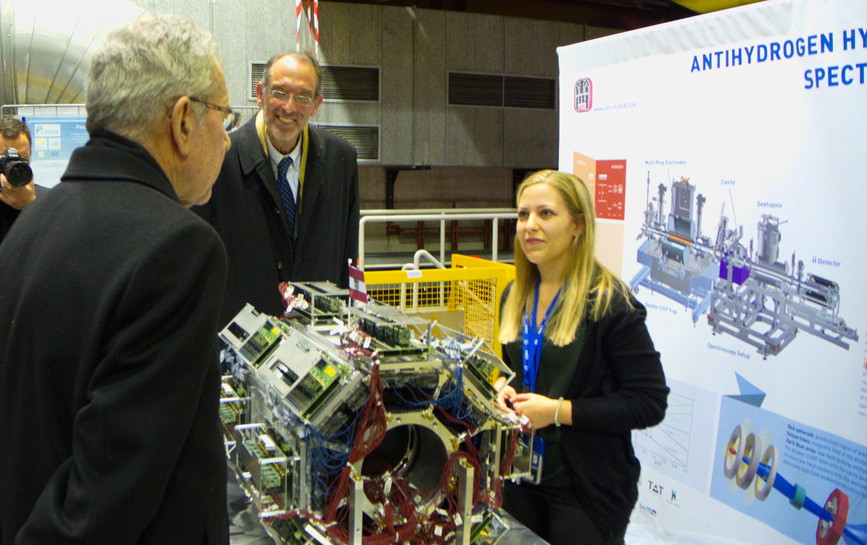

From a cavern 100 metres below a small Swiss village, the 70 00-tonne ATLAS detector is probing for fundamental particles
ATLAS reveals key results at ICHEP 2018
By Katarina Anthony, 17th July 2018
ATRAP compares hydrogen atoms with their antimatter equivalents – antihydrogen atoms
ATRAP: Never a dull moment for the antiproton
The ATRAP experiment presents most precise measurement yet of the antiproton magnetic moment
By Katarina Anthony
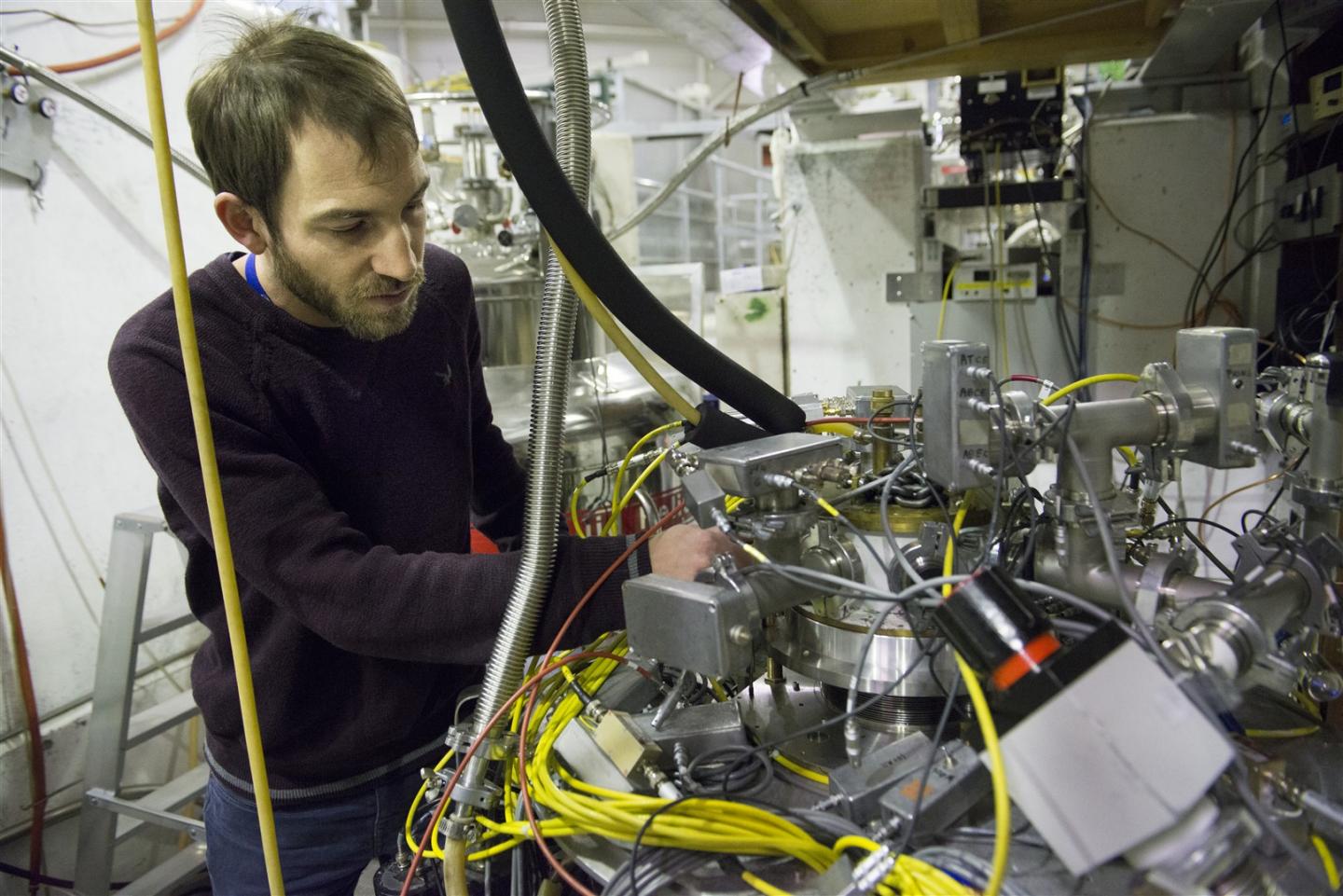
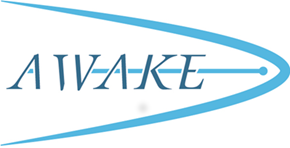
AWAKE explores the use of plasma to accelerate particles to high energies over short distances
First ever acceleration of electrons in a proton-driven plasma wave
29 August 2018
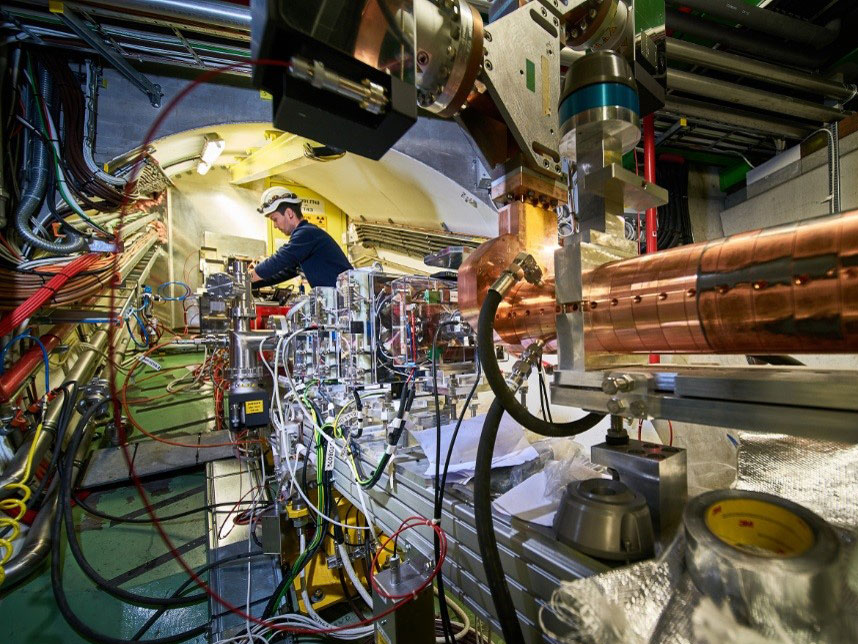
Baryon Antibaryon Symmetry Experiment
BASE is aiming for the most precise measurements of the magnetic moments of protons and antiprotons – to compare matter with antimatter
The BASE experiment at CERN’s Antimatter Factory
The BASE experiment at CERN’s Antimatter Factory
spacer


CAST Hypothetical particles called axions could explain differences between matter and antimatter – and we may find them at the center of the Sun
Update on the CAST experiment
by → Europe/Zurich
The CERN Axion Solar Telescope (CAST) is an axion helioscope searching for axions and axion-like particles produced in the Sun. An introduction to the detection principle and its layout will be presented. Extensive R&D efforts have been carried out for low background detectors which improve the sensitivity of the experiment. In 2013 CAST has extended its sensitivity into the sub-keV energy range to search for solar chameleons, thus becoming also sensitive to dark energy particles. In 2016 CAST started operating as a haloscope as well, looking for axions produced in the early universe. A description of the upgrades will be given, together with the latest results

CLOUD Could there be a link between galactic cosmic rays and cloud formation? An experiment at CERN is using the cleanest box in the world to find out https://www.youtube.com/watch?v=B-9ppB-s0qc
CERN ALERT: The Cloud Experiment, Weather Manipulation verses Portals censored
CERN is directly responsible for weather manipulation and the opening of portals, under an operation called The CLOUD Experiment. Strange “coincidences” are popping up surrounding CERN that may make you think twice about things. Today CERN released a YouTube video explaining how the CLOUD (Cosmics Leaving Outdoor Droplets) Experiment works in conjunction with the Proton Synchrotron examining how cosmic rays are linked to cloud formation. CLICK THE LINK TO LISTEN TO THE AUDIO


The CMS detector uses a huge solenoid magnet to bend the paths of particles from collisions in the LHC
COMPASS investigates how quarks and gluons interact to give the particles we observe
The Interware
A collaboration of CERN physicists are studying the decay of unstable “pionium atoms” to gain insight into the strong force
 |
spacer

Paul Dirac: The man who conjured laws of nature from pure thought
He said quantum theories are built up “from physical concepts which cannot be explained in words at all”.
DIRAC EQUATION Quantum Mechanics
spacer


ISOLDE studies the properties of atomic nuclei, with further applications in fundamental studies, astrophysics, material and life sciences ISOLDE Seminar
 |
Neutrinoless Double Beta Decay searches are the only way to give an answer to the neutrino mass nature, Dirac or Majorana. These experiments are extremely delicate and the greatest obstacle to improve their sensitivity is the background level that can be achieved. LUCIFER is a project, financed by a ERC-AdG, that would like to build a demonstrator of a technique based on the double read-out (scintillation light + heat) of ZnSe crystals used as bolometers. The goal is to reach a background lower than 0.001 counts/kg/keV/year. Along the way we would like to learn how practical is the enrichment of Se into 82Se, how efficient is the process of crystallization and how radiopure the crystals can be grown. In this talk we will discuss the properties of ZnSe crystals and sketch the layout of the project. |
CERN 2017 – Activating The Lucifer Project Finding Antimatter
Read more at https://www.doovi.com/video/cern-2017-activating-the-lucifer-project-finding-antimatter/xeYKOEX1rwQ#M3uhheDSUBdUq335.99; video url: https://youtu.be/xeYKOEX1rwQ
CERN 2018 – Space & Time – The Lucifer Experiment
Date: 04.04.2018
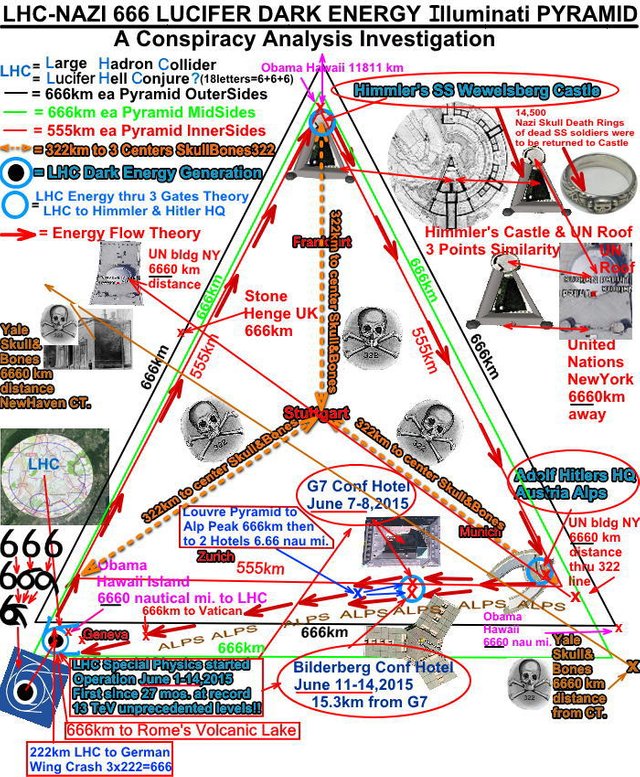
Mandela Effect – Lucifers Machine Part 1 – The Design
Link to watch Mandela Effect: Lucifer’s Machine Part II, The Construct: https://www.brighteon.com/5830048934001
Part II was the first video I uploaded to BitChute due to YouTube censorship and it had about 2600 views and ironically it was just recently blocked and removed from BitChute but it hasn’t been blocked on YouTube. I really believe theses two videos contain very valuable knowledge so please download both parts.
Mandela Effect: Lucifer’s Machine Part ll, The Construct …

CERN Scientists Won’t Tell You This!
Do You Believe In Magick? Continued Part 20 – More CERN
 What Stranger Things was really about and why you should be conCERNed!
What Stranger Things was really about and why you should be conCERNed!




CERN is building a new SUPER Super Collider 3x the size of the LHC called the Future Circular Collider. Given the math, it seems to have powers that could reach 40,000 TeV.
If the LHC is causing at least some of the Mandela Effect dimensional shifts, the FCC could cause exponential Mandela Effects. Given the Holographic nature of reality, it should be very conCERNing to us what these people are doing.
The 4-dimensional Tesseract is the building brick that is the lattice-work of the blockchain architecture for feeding endless iterations of data into artificial intelligence quantum computers that operate in millions of parallel dimensions. For example, the D-Wave Adiabatic quantum computer Model 8192, has 8192 Qubits… the most powerful computer in the world, with virtually unlimited processing power. It will be used by the CERN particle collider in Geneva to “open a portal to another dimension” in the CERN scientists’ own words.TRANSLATION:- They will open a permanent gateway to the bottomless pit, as prophesied in the Holy Bible. CERN is built over an ancient Roman temple dedicated to the worship of Appolion (Satan) and believed to be a portal to the Bottomless Pit.
operating on the same quantum principle as the Josephson junction effect. ITS LARGE SIZE ENABLES IT TO OPEN A MUCH MUCH MUCH MUCH BIGGER QUANTUM PORTAL INTO INTO OTHER DIMENSIONS… THE BOTTOMLESS PIT !!!!!
Fact is Stranger than fiction! Do your own research. Go to youtube.com and search for “Anthony Patch”; and also search for the “Kev Baker Show”. GROW YOUR BRAIN!!!